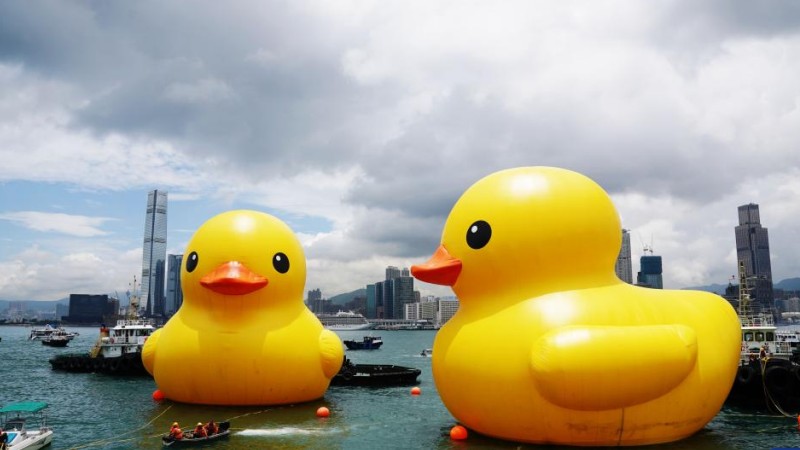Operation begins in Japan's Fukushima to test contaminated water discharge equipment: media
TOKYO, June 12 (Xinhua) -- The operator of Japan's crippled Fukushima Daiichi nuclear power plant began trialing the equipment to discharge nuclear-contaminated water into the Pacific amid fierce opposition from home and abroad, local media reported Monday.
According to the national broadcaster NHK, Tokyo Electric Power Company (TEPCO) started the trial operation Monday morning which mixes fresh water and seawater that does not contain radioactive substances to confirm whether the sea discharge equipment can operate reliably.
The test run of the discharge facility is expected to last for around two weeks, it added.
Last week, TEPCO finished sending seawater into an underwater tunnel built in front of the nuclear plant for its planned discharge, adding it plans to complete all facility-related preparations by the end of this month.
Despite ongoing opposition from domestic experts, civic groups and fishery organizations, Japan has been rushing to dump the contaminated water into the ocean, which has also incited protests from neighboring nations and communities within the Pacific Islands.
On Saturday, Japanese Industry Minister Yasutoshi Nishimura met with local fisheries representatives to seek their understanding for the planned release in Mito, Ibaraki Prefecture, where representatives expressed grave concerns over the move, saying "We're absolutely opposed to the release."
The said the plan to release the wastewater over decades is "fueling anxiety about the future and doubt about continuous fishing operations."
"The ocean is humanity's common good, not Japan's private sewer," Chinese Foreign Ministry spokesperson Wang Wenbin said on Wednesday, adding that it is "extremely selfish and irresponsible" for Japan to dump the nuclear-contaminated water into the ocean.
Hit by a magnitude-9.0 earthquake and an ensuing tsunami on March 11, 2011, the Fukushima Daiichi nuclear power plant suffered core meltdowns that released radiation, resulting in a level-7 nuclear accident, the highest on the International Nuclear and Radiological Event Scale.
The plant has been generating a massive amount of water tainted with radioactive substances from cooling down the nuclear fuel in the reactor buildings. The wastewater is now stored in about 1,000 storage tanks.
As Japan considers discharging into the sea as the cheapest option with the minimum risk of polluting Japan itself, "it is extremely selfish and irresponsible to let the whole world bear the cost and save money for Japan itself," Chinese Foreign Ministry spokesman Wang said.
Photos
Related Stories
- Toxic chemicals in Tokyo residents' blood more than twice national average
- HK to ban seafood from high-risk regions near Fukushima if Japan dumps nuclear-contaminated water into ocean
- Detailed evidence exposes Japan's lies, loopholes in nuclear-contaminated wastewater dumping plan
- Japan's plan to dump toxic water condemned
- Ocean is not Japan's private sewer: Chinese spokesperson
- Japan sends seawater into tunnel built for Fukushima nuke wastewater discharge
- Japan's fertility rate drops for 7th straight year
- 1 dead, 2 missing after heavy rain pounds wide areas of Japan
- Crime cases linked to U.S. forces in Japan total 106 in 2022
- Japan undermines regional interests by provoking bloc confrontation
Copyright © 2023 People's Daily Online. All Rights Reserved.









